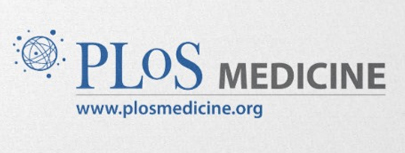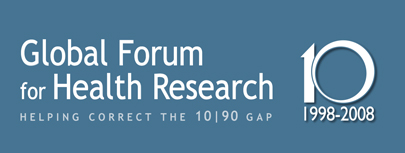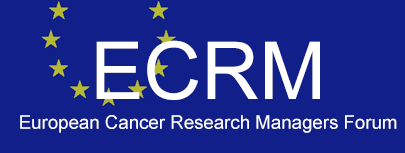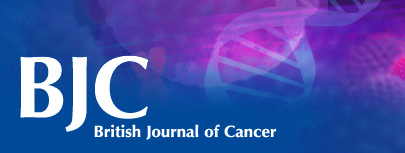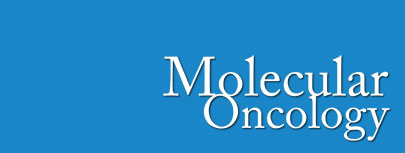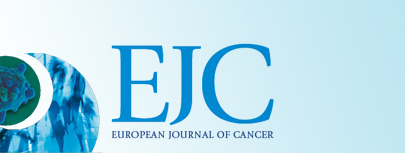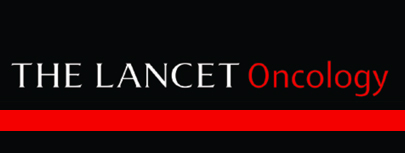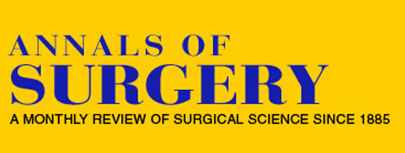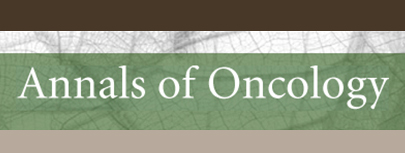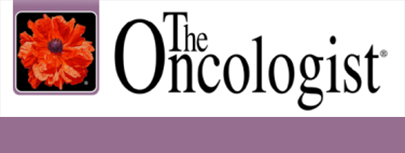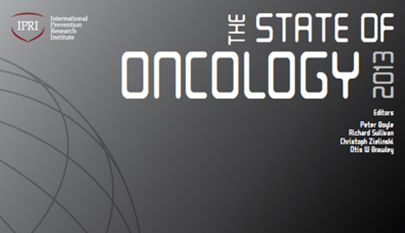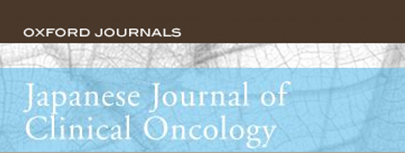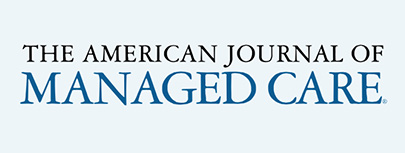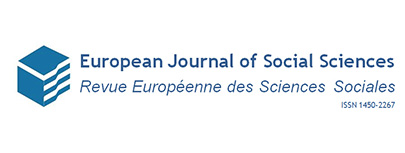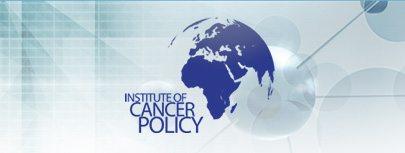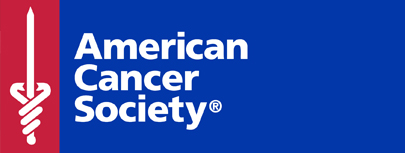Affordable cancer care: pipedream or achievable reality?
David Collingridge, Richard Sullivan
In May, 2013, WHO published a global action plan for the prevention and control of non-communicable diseases over the next 7 years. This plan was the realisation of considerable activity by prominent non-governmental organisations (NGOs) in highlighting the need for concerted efforts against the increasing burden of chronic diseases via the UN World Health Assembly. Among many objectives, the action plan calls for an 80% availability of affordable basic technologies and essential medicines, and access to comprehensive health-care services that do not cause financial hardship for users. In November, 2013, the Union for International Cancer Control—one of the lead NGOs involved in the original lobbying— relaunched its World Cancer Declaration to ensure better alignment with the UN and WHO commitments. Six of the nine targets in the declaration are dependent on inclusive and efficient cancer-care services. Unfortunately, these ambitious goals are all threatened by the increasing unaffordability of cancer care.
In September, 2011, The Lancet Oncology published a Commission1 dedicated to the topic of delivering affordable cancer care in high-income countries. The Commission outlined the scale of the challenge and offered a number of recommendations and solutions. In the past 3 years, other reports have also been published—most notably last year’s report,2 Delivering high-quality cancer care: charting a new course for a system in crisis, by the US Institute of Medicine. All reports have called for decisive action. Many professional societies have become actively engaged in the subject, aware that their specialties, patients, and own interests are all intertwined in this burgeoning crisis and that doing nothing is not a viable option. And individual oncologists, too, have taken to the stage offering thoughtful solutions to some of the problems.3 Despite all of this, progress has been limited.
In this issue of The Lancet Oncology, and in col- laboration with the Journal of Cancer Policy, we revisit
the subject 3 years on by publishing a series of articles4–9 that address some of the key drivers of cost, along with further debate on how to bend the cost curve to implement cost-effective, pragmatic, and efficient cancer services that meet the demands of patients and the overarching need to reduce the burden of disease without bankrupting national health budgets, insurance companies, or personal finances. The Lancet Oncology and the Journal of Cancer Policy are grateful to the organisers of Oncology At The Limits IV (Feb 13–15, 2014; Heidelberg, Germany) for giving us an opportunity to present highlights of these latest articles in a special session dedicated to the cost of cancer care.

